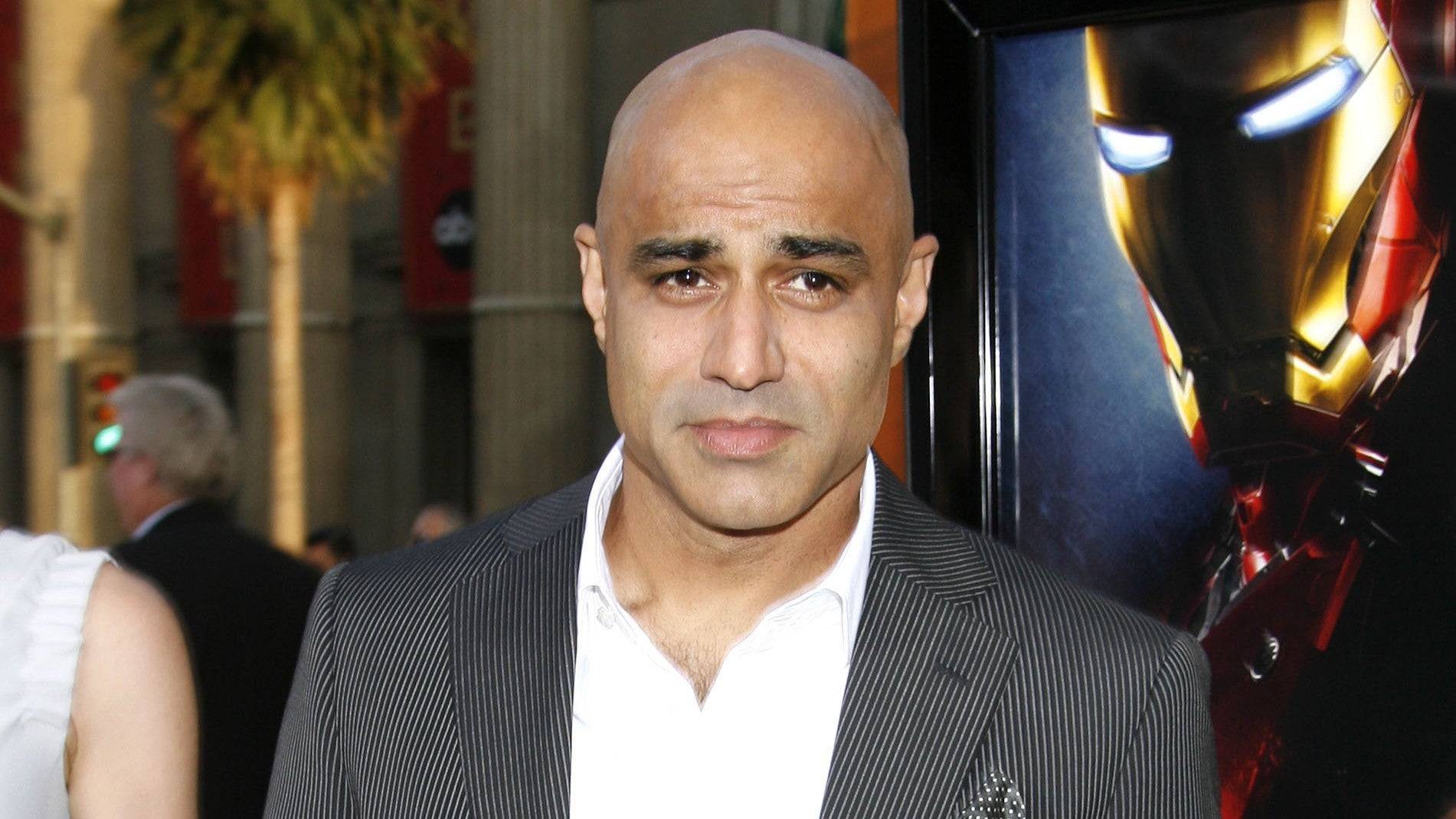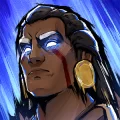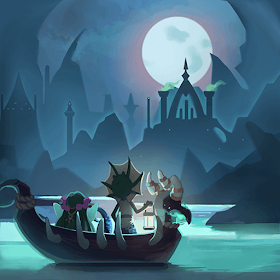The 1970s were a transformative era for Marvel Comics, marked by significant changes and the introduction of groundbreaking storylines and characters. Notable among these were "The Night Gwen Stacy Died," a pivotal moment in Spider-Man's history, and Doctor Strange's encounter with God, expanding the mystical dimensions of the Marvel Universe. However, it was the dawn of the 1980s that truly heralded a new golden age for Marvel, as some of its most legendary creators embarked on defining runs that would shape the future of their iconic characters. This period saw Frank Miller's groundbreaking work on Daredevil, John Byrne's influential tenure on Fantastic Four, David Michelinie's impactful Iron Man stories, and the peak of Chris Claremont's legendary run on X-Men. Additionally, Roger Stern's contributions to Amazing Spider-Man and Walt Simonson's work on Thor were just around the corner, further cementing the 1980s as a pivotal decade. These creators and their works are crucial to understanding why these characters have remained so enduring and beloved to this day.
When examining the entirety of the Marvel Universe's history, it's evident that the 1980s might just be considered the company's true golden age. This era not only introduced landmark stories but also brought forth new characters that would become staples of the Marvel pantheon. Join us as we delve into Part 7 of our exploration of Marvel's essential issues.
More Essential Marvel
- 1961-1963 - The Birth of a Universe
- 1964-1965 - The Sentinels Are Born and Cap Dethaws
- 1966-1969 - How Galactus Changed Marvel Forever
- 1970-1973 - The Night Gwen Stacy Died
- 1974-1976 - The Punisher Begins His War on Crime
- 1977-1979 - Star Wars Saves Marvel From Bankruptcy
- The Dark Phoenix Saga and Other All-Time X-Men Stories
The Dark Phoenix Saga and Other All-Time X-Men Stories
Chris Claremont's transformative run on X-Men began in 1975, but it was during the early 1980s that he delivered some of his most iconic stories. The Dark Phoenix Saga, spanning X-Men #129-137, stands out as one of the most celebrated narratives in comic history. This epic tale chronicles the corruption of Jean Grey by the cosmic entity Phoenix, exacerbated by the villainous Hellfire Club, transforming her into the formidable Dark Phoenix. John Byrne's exceptional artwork and co-plotting bring this cosmic drama to life, introducing key characters like Kitty Pryde (Shadowcat), Emma Frost, and Dazzler. The poignant sacrifice of Jean Grey, even with the knowledge of her eventual return, remains a deeply emotional moment in the X-Men saga. While adaptations like X-Men: The Last Stand and Dark Phoenix attempted to capture this story, many fans believe they fell short, with better renditions found in animated series such as X-Men: The Animated Series and Wolverine & the X-Men.
AnswerSee ResultsFollowing closely, Days of Future Past in X-Men #141-142 introduced one of the most iconic dystopian futures in comic lore, featuring the mutant-hunting Sentinels originally created by Stan Lee and Jack Kirby. This gripping narrative sees an adult Kitty Pryde traveling back in time to prevent the assassination of Senator Robert Kelly by Mystique and her Brotherhood of Evil Mutants, an event that would otherwise trigger a grim future dominated by Sentinels. This brief yet powerful arc has been revisited and adapted, notably in the 2014 film X-Men: Days of Future Past and the animated series Wolverine & the X-Men.
Another standout issue is X-Men #150, where a near-fatal confrontation with Magneto leads to the revelation of his Holocaust survivor background. This pivotal moment adds depth to Magneto's character, setting the stage for his complex evolution into a more morally ambiguous figure in subsequent stories.
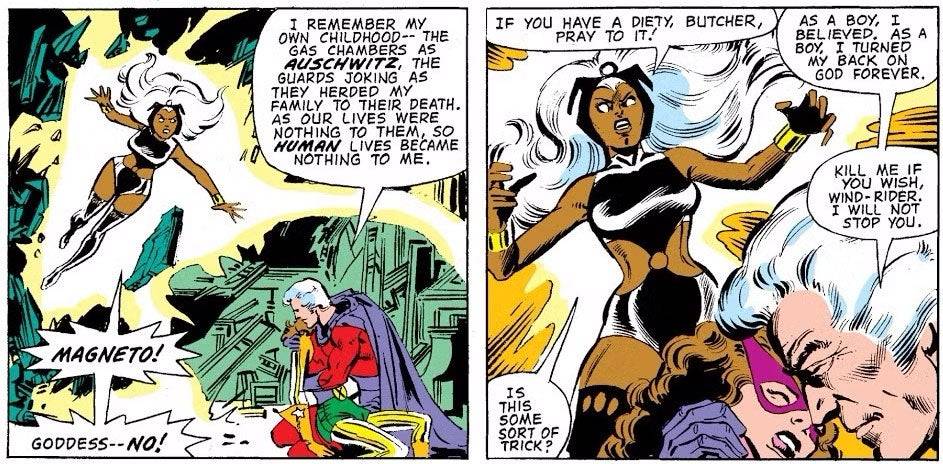
The First Appearances of Rogue, She-Hulk, and the New Mutants
The 1980s also introduced several key characters, particularly notable female heroes. Rogue, who would become a beloved member of the X-Men, debuted as a villain in Avengers Annual #10. Initially part of Mystique's Brotherhood of Evil Mutants and portrayed as Mystique's foster daughter, Rogue's encounter with Carol Danvers (Ms. Marvel) drastically altered both characters' trajectories. This issue also highlighted Carol's strained relationship with the Avengers, following traumatic events detailed in Avengers #200. Despite its controversial content, Avengers Annual #10 remains a critical juncture in Marvel's history.

She-Hulk, another significant heroine, made her debut in Savage She-Hulk #1. Created by Stan Lee in his last major project at Marvel, Jennifer Walters transforms into She-Hulk after receiving a life-saving blood transfusion from her cousin, Bruce Banner. While her initial series didn't gain much traction, She-Hulk's character flourished when she joined the Avengers and Fantastic Four. Tatiana Maslany later brought this character to life in the MCU's She-Hulk series.
The New Mutants, Marvel's first X-Men spin-off, were introduced in Marvel Graphic Novel #4 before gaining their own title. This group of teenage mutants, including Cannonball, Sunspot, Karma, Wolfsbane, and Dani Moonstar (later Mirage), added fresh dynamics to the X-Men universe. Illyana Rasputin, known as Magik, joined the team in issue #15, becoming a central figure in many significant storylines. The 2020 film New Mutants featured this lineup, with Anya Taylor-Joy portraying Magik.
Iconic Storylines for Daredevil, Iron Man, and Captain America
Daredevil #168 marks a turning point for the character, introducing Elektra and launching Frank Miller's transformative run. Miller's gritty storytelling and noir style redefined Daredevil, introducing key elements like the Kingpin as a nemesis, the blind sensei Stick, and epic confrontations with characters like the Punisher. The iconic issue #181, where Bullseye kills Elektra, remains a defining moment, with her resurrection in #190 adding further layers to Daredevil's saga. This run inspired the 2003 film and the 2015 Netflix series, with the upcoming MCU show Daredevil: Born Again set to continue this legacy.
Iron Man's Doomquest in issues #149-150, crafted by David Michelinie and Bob Layton, features a solo showdown with Doctor Doom, catapulting them back to the era of King Arthur. Iron Man aligns with the legendary king, while Doom conspires with Morgan le Fay. This arc not only solidified Doom's place in Iron Man's rogues gallery but also set the stage for future collaborations between Doom and Morgan.
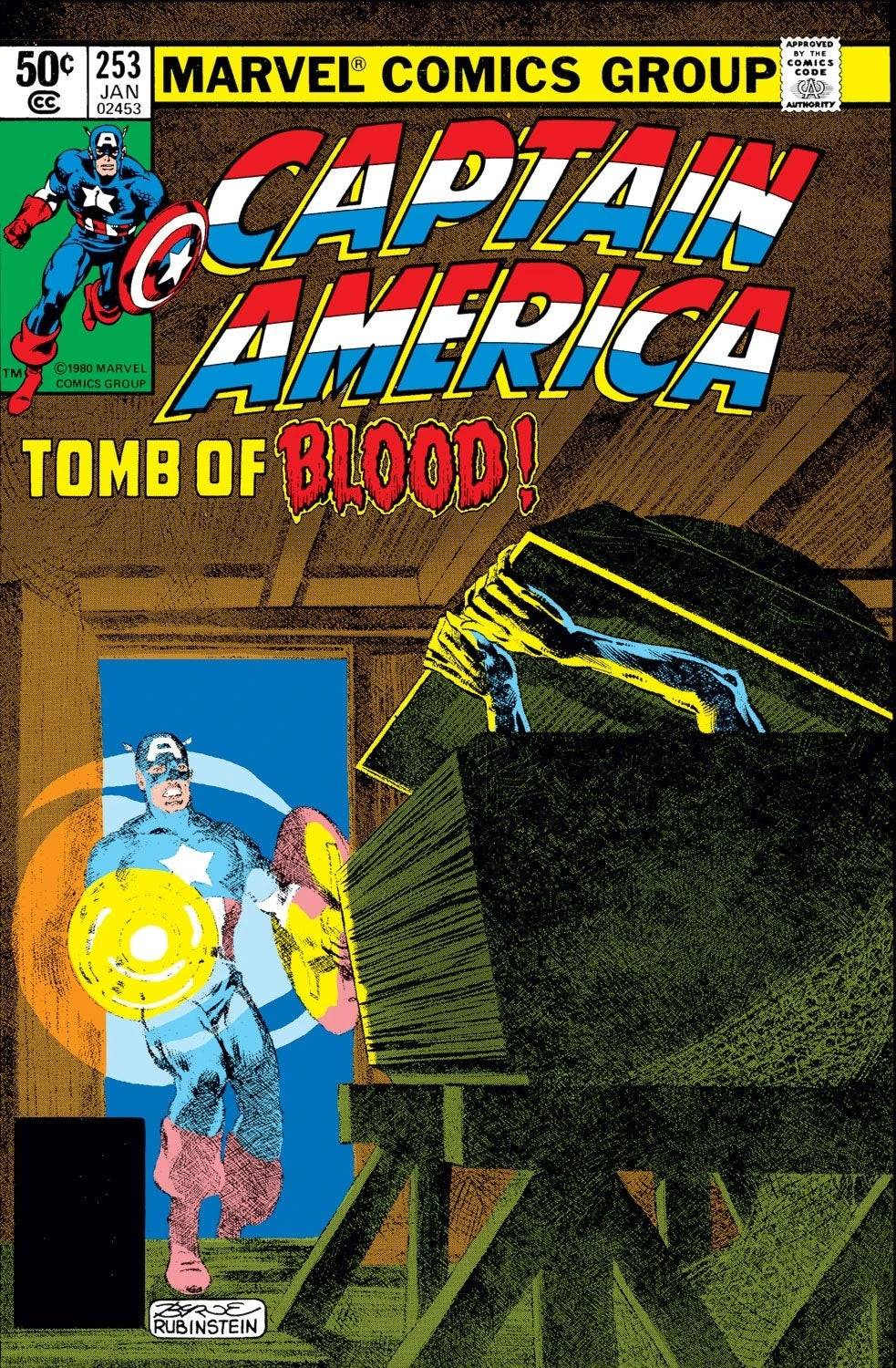
Captain America's darker encounter with the Nazi vampire Baron Blood in issues #253-254, penned by Roger Stern and illustrated by John Byrne, showcases a gripping narrative with a haunting conclusion, standing out as one of the character's most intense stories.
Moon Knight Becomes a Hero and Marvel Helps Create the G.I. Joe Mythology
Moon Knight's transition from antagonist to hero is solidified in Moon Knight #1, where Doug Moench and Don Perlin delve into his backstory and introduce his alternate personas, Steven Grant and Jake Lockley. This issue laid the foundation for all future Moon Knight narratives.
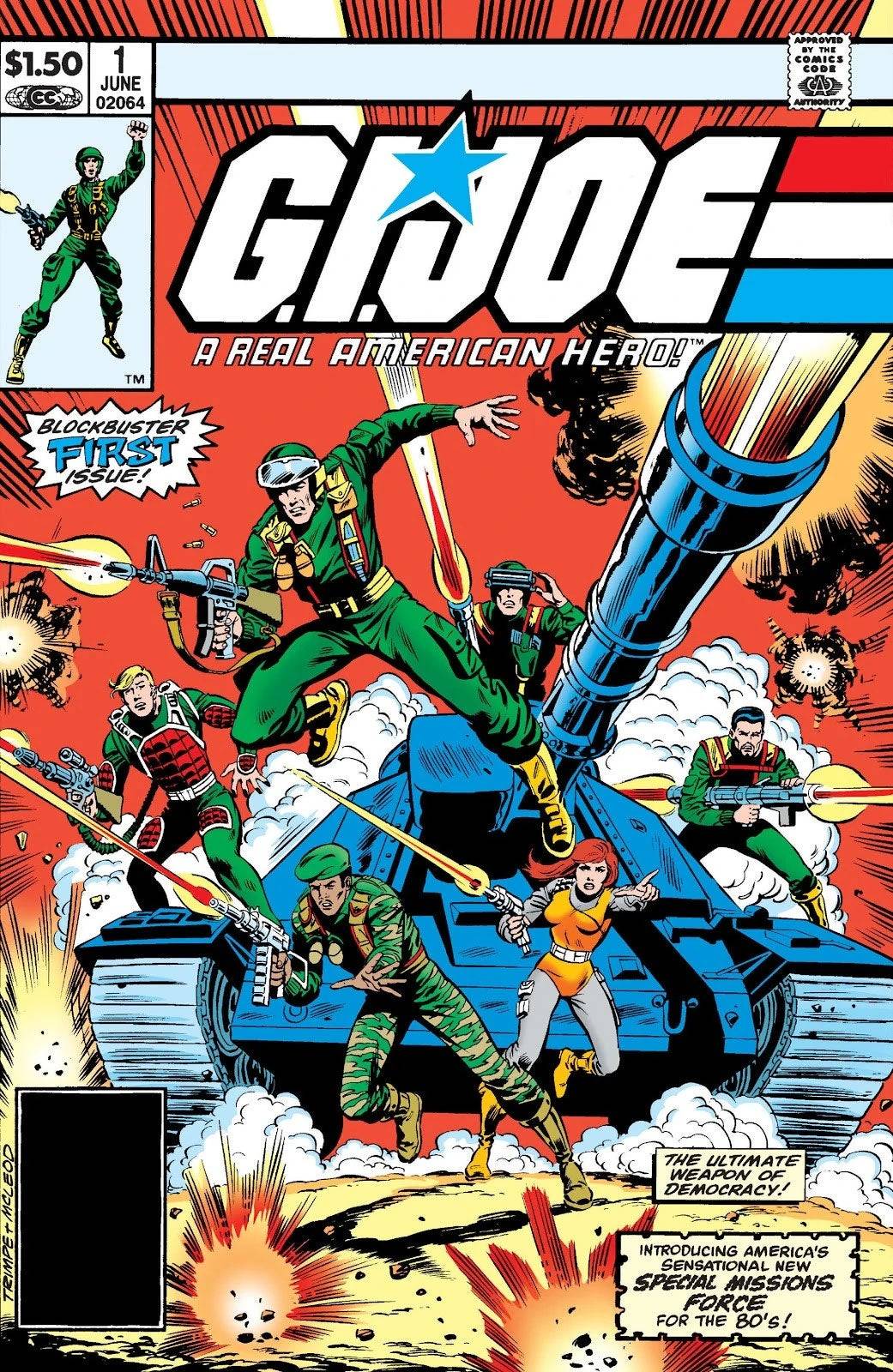
Although not owned by Marvel, the G.I. Joe franchise owes much of its character development to Marvel's creative efforts. Starting in 1982, Marvel's comic series, spearheaded by Archie Goodwin and Larry Hama, fleshed out the G.I. Joe universe, introducing iconic characters like Scarlett, Snake Eyes, Storm Shadow, Lady Jaye, and the Baroness. Hama's compelling storytelling and balanced portrayal of male and female characters made G.I. Joe a fan favorite, particularly resonating with female readers.


